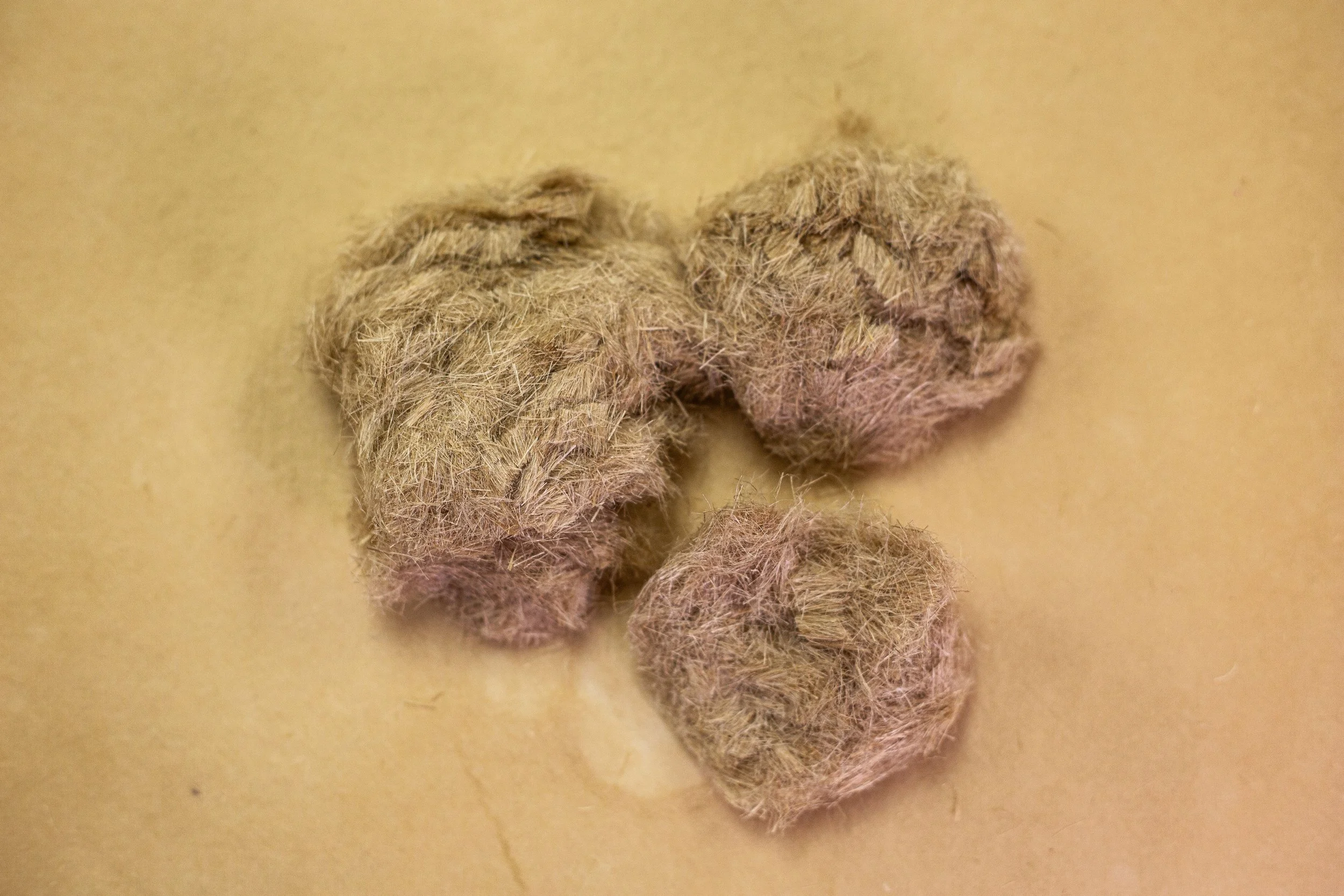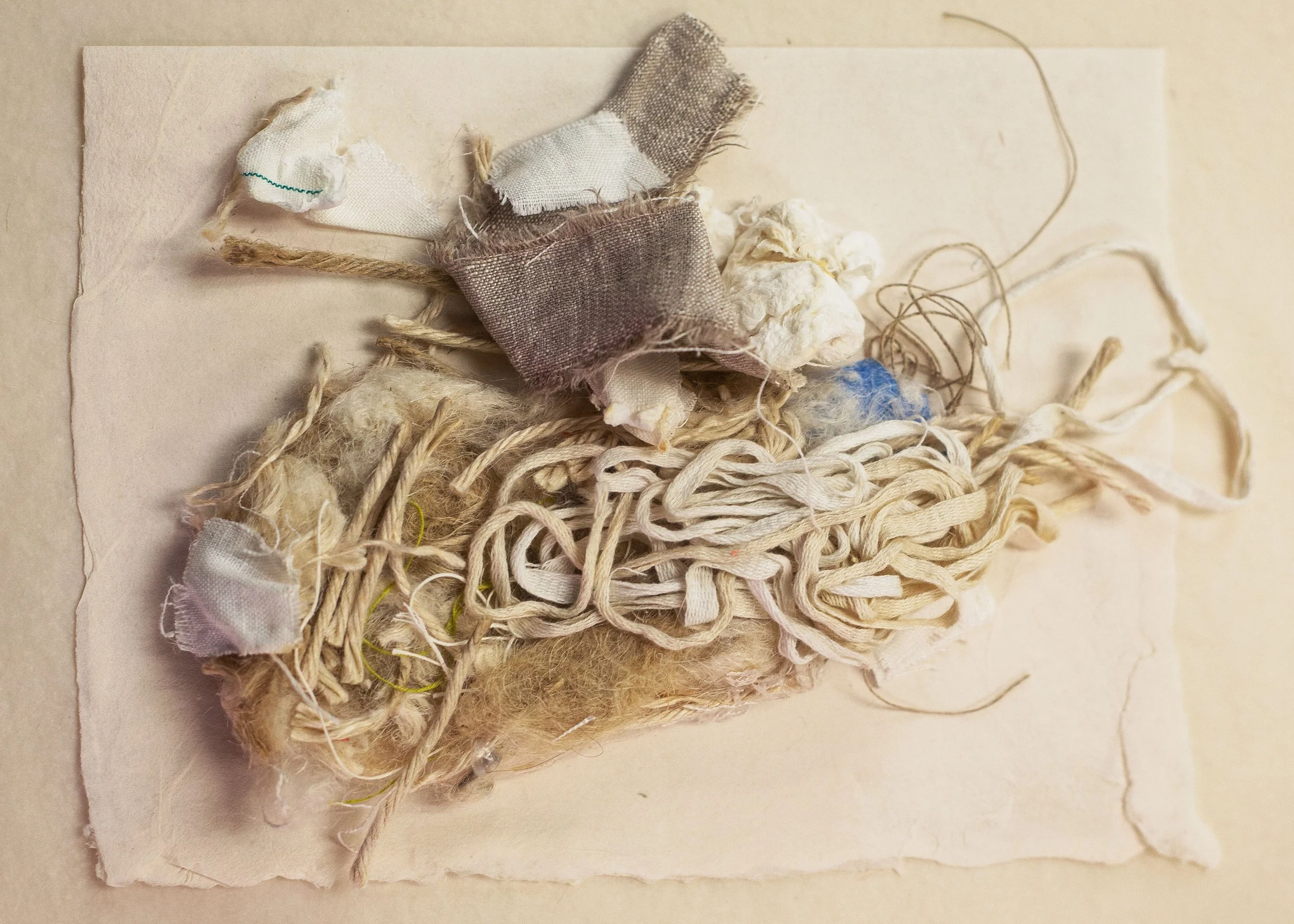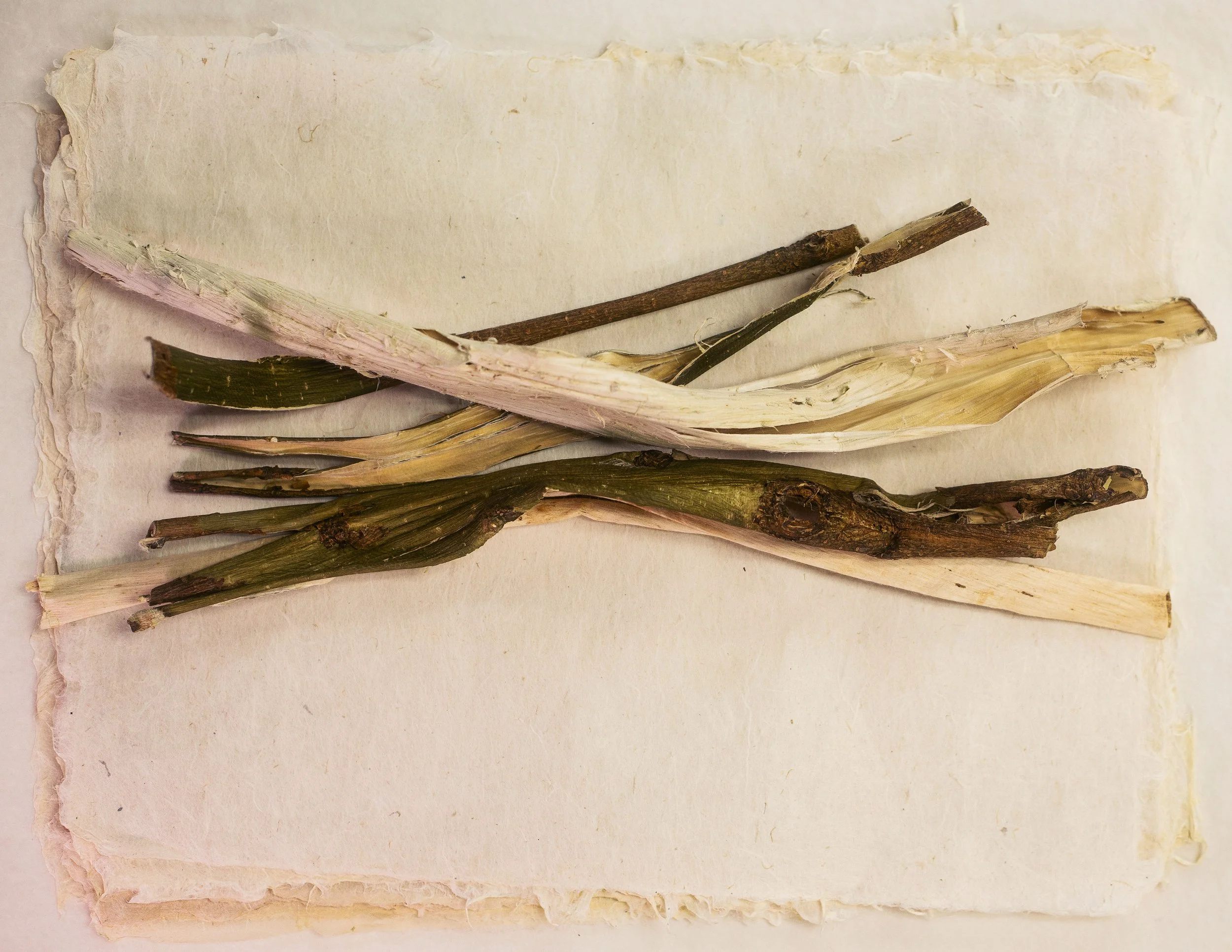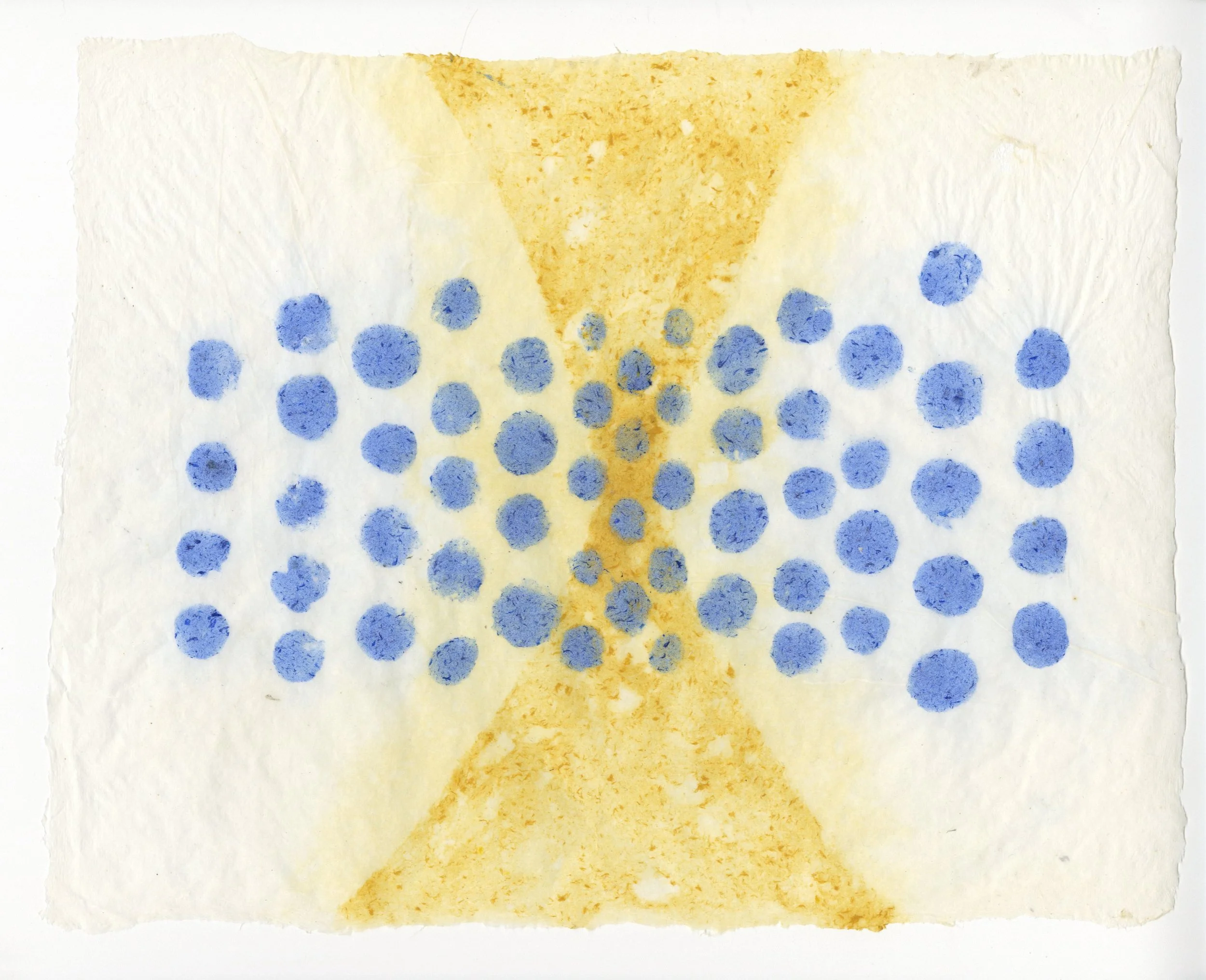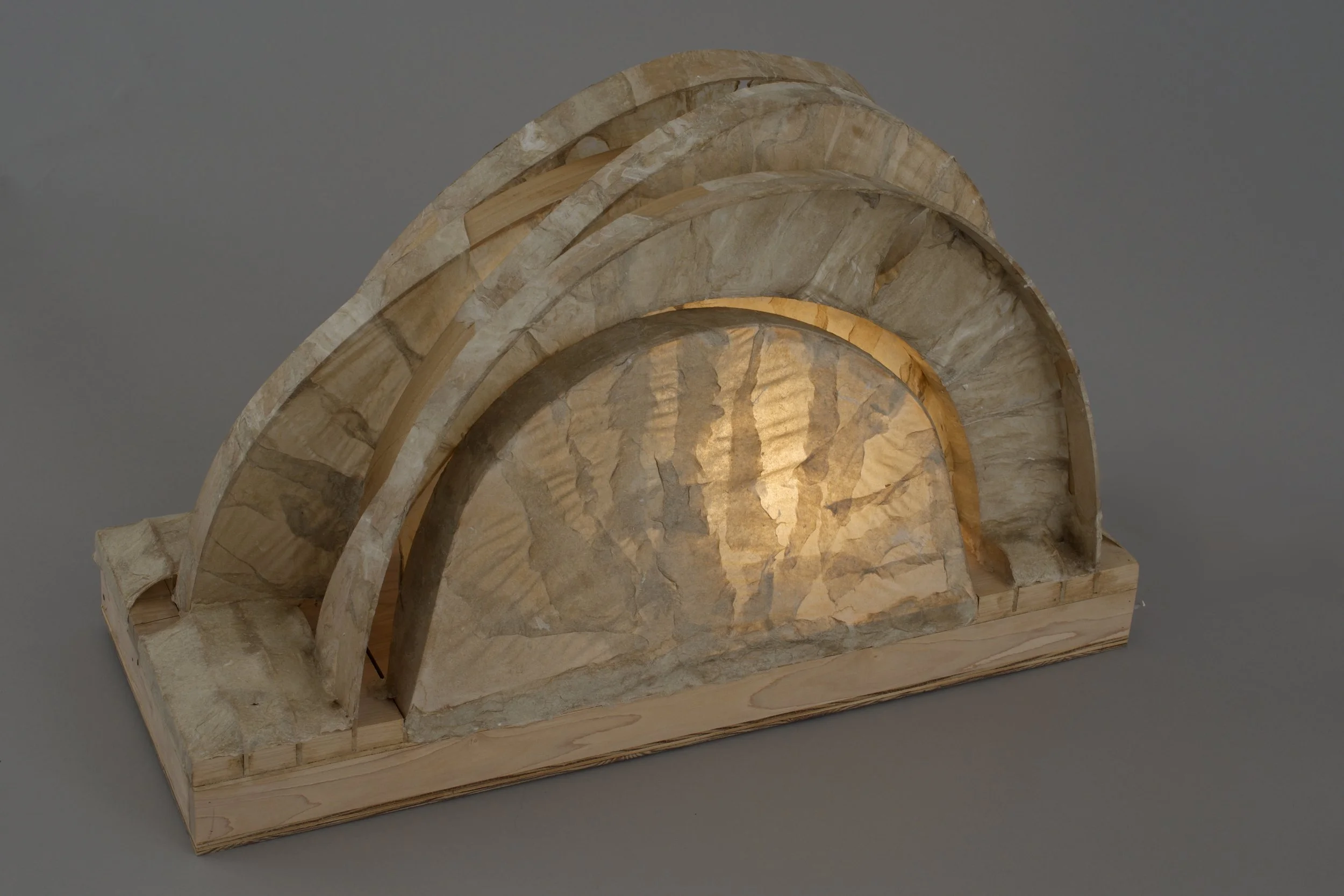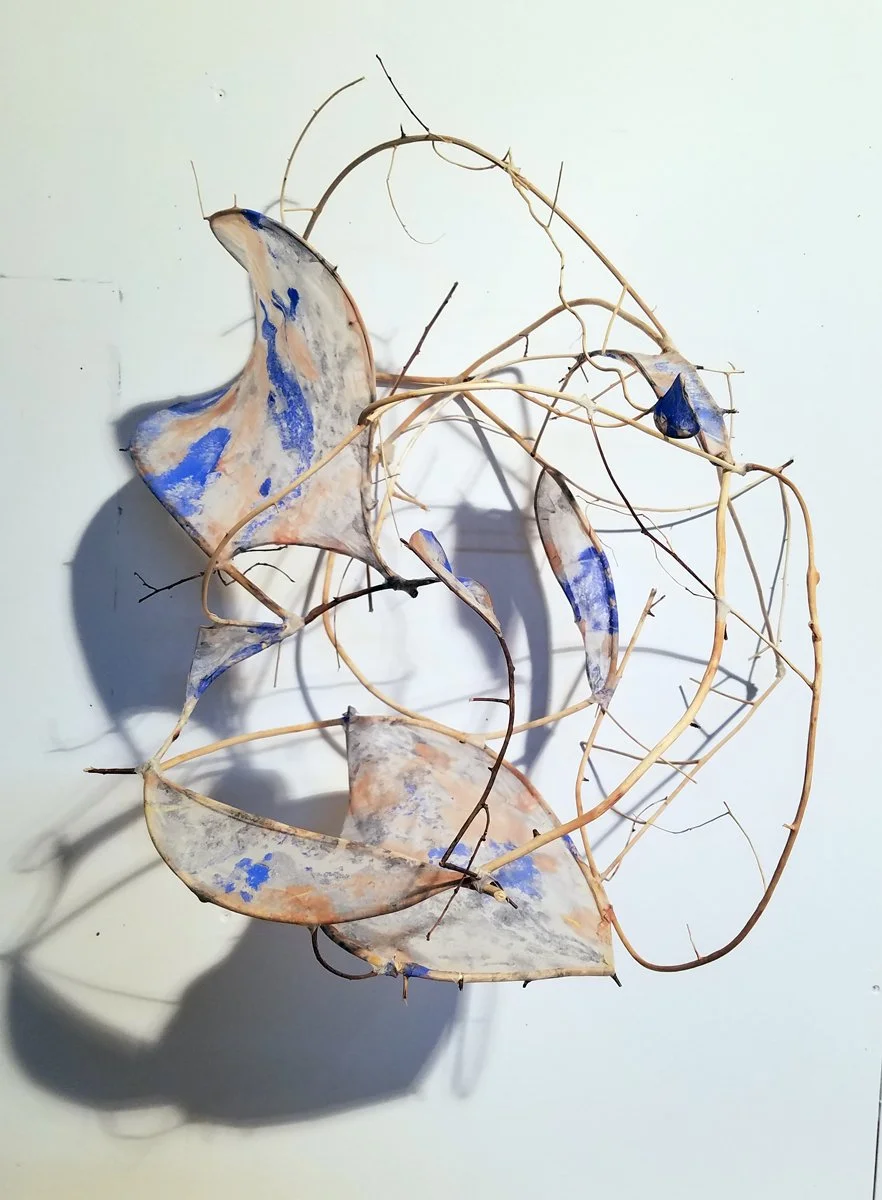Since its invention over 2000 years ago, the craft of papermaking has radically evolved. Since the late 1940s, paper pulp has been employed as an artistic medium, and these early experiments and paper artworks have led many subsequent generations of artists to explore and refine the diversity of expression possible through paper pulp.
At Paper Think Tank, we collaborate with artists. This sometimes means making custom sheets of paper for special editions or large projects. More often, we use contemporary artistic techniques to make unique or editioned artworks of paper.
CUSTOM FIBERS
IMAGERY IN THE SHEET
Paper portrait bust in progress
Sheet Lamination- Solid Form
Pressed sheets of paper which are still wet can be applied over a form, creating an integrated and whole sculptural form once dry.
Inclusions / Embedding
Similar to traditional collage, primarily two-dimensional materials are embedded between sheets of freshly pulled (wet) paper, using translucent or translucent and opaque pulps. Once dry, the embedded material is an integrated component of the paper.
Alexis Granwell, Bending Seams, 2020, fabric and handmade cotton paper
Pulp Painting
This technique involves pulling a “base” sheet of paper (your substrate), and then applying finely beaten pigmented pulps, like paints, over the surface of the base sheet to create imagery that is 100% paper. This is a direct mark-making technique to create unique paper artworks, and once dry, the pulp paint is permanently bonded to the base sheet of paper.
Clay Tenhula, Untitled, pulp paint on bleached abaca
Pulp Printing
Using a variety of matrices, “pulp paint” can be applied to a base sheet of paper to create editioned paper artworks. These matrices include exposed screens (silkscreen), cut stencil, block print, and even block embossing to create a dimensional print.
SCULPTURAL PAPERMAKING
Sheet Lamination (or casting) – Hollow Form
Pressed sheets of paper which are still wet can be applied over or into a mold form, from which it will later be removed once dry. Editioned or multiple objects may be formed this way.
Clay Tenhula, Figure in Paper, 2021, handmade flax paper
Armature
Pressed sheets of paper which are still wet can be applied over an armature form, being allowed to shrink tight to the covered surface or aperture. High shrinkage pulps (translucent papers) often produce dramatic results by warping their armature depending on the structural integrity of form and material.
Clay Tenhula
Nicole Donnelly, Processes of Loss, III, 2017, linen pulp paint on high shrinkage abaca and oriental bitter sweet vines as the armature

